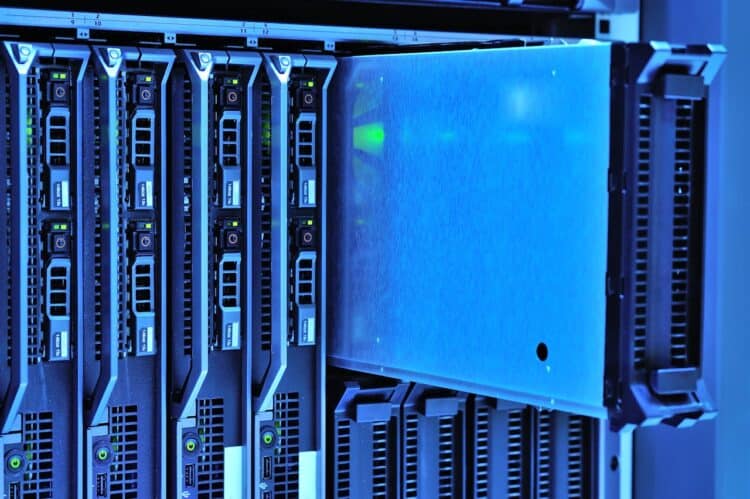Against a backdrop of increasing AI adoption and growing demand for sustainable data centre operations, the design and operation of these facilities are undergoing a significant transformation.
AI workloads are far more compute-intensive than traditional applications, leading to unprecedented demand for power and cooling.
Simultaneously, there are increasing calls for data centres to minimise their environmental impact through energy efficiency, renewable energy adoption, and waste reduction.
In response to these challenges, Eaton, a leader in intelligent power management, has announced a new reference architecture designed to enhance the adoption of 800 VDC power in artificial intelligence (AI) data centres.
Eaton's design is a significant step forward in supporting the high-density computing demands of next-generation AI factories, aligning with the 800 VDC architecture introduced by NVIDIA.
As the energy load requirements of data centres surge, driven by increasingly complex AI workloads, traditional infrastructure struggles to keep pace.
Global data centre electricity demand could double by 2030, with AI workloads as the main catalyst. Eaton’s new architecture aims to future-proof AI factories, ensuring they can efficiently meet these rising energy demands.
By leveraging cutting-edge power management technologies, Eaton's design integrates energy storage with power distribution, enabling data centres to deliver megawatt-scale rack power safely and cost-effectively.
The reference architecture combines several Eaton solutions with NVIDIA's AI infrastructure.
Key components include supercapacitors for rapid power backup, advanced power distribution technology via busbars, and a hot aisle containment system to enhance airflow and efficiency.
These elements work in tandem to optimise the performance of AI data centres, ensuring they can handle the demands of modern applications.

“The introduction of 800 VDC architectures is a transformative advancement for data centre innovation that will enable new possibilities in AI computing,” said JP Buzzell, vice president and data centre chief architect at Eaton. He claims the new reference design marks a majot step in the company's grid-to-chip strategy.
Eaton’s grid-to-chip strategy encompasses a comprehensive approach to power management across the entire AI data centre power chain, including power distribution, backup solutions, and digital technologies.
Recent advancements also include partnerships, such as with Siemens Energy, to facilitate the rapid construction of modular data centres with integrated on-site power generation.

“Streamlined 800 VDC architectures enable AI infrastructure to meet rising workload demands while maximising energy efficiency,” stated Dion Harris, senior director of HPC, cloud and AI infrastructure at NVIDIA.
He comments that collaborations with companies like Eaton “is paving the way for high-density computing environments built for the AI industrial age”.
As business and operations leaders in Southeast Asia and Hong Kong navigate the complexities of AI infrastructure, Eaton’s next-generation power architecture presents a compelling solution to enhance energy efficiency and scalability, ensuring their organisations remain competitive in the evolving digital landscape.


